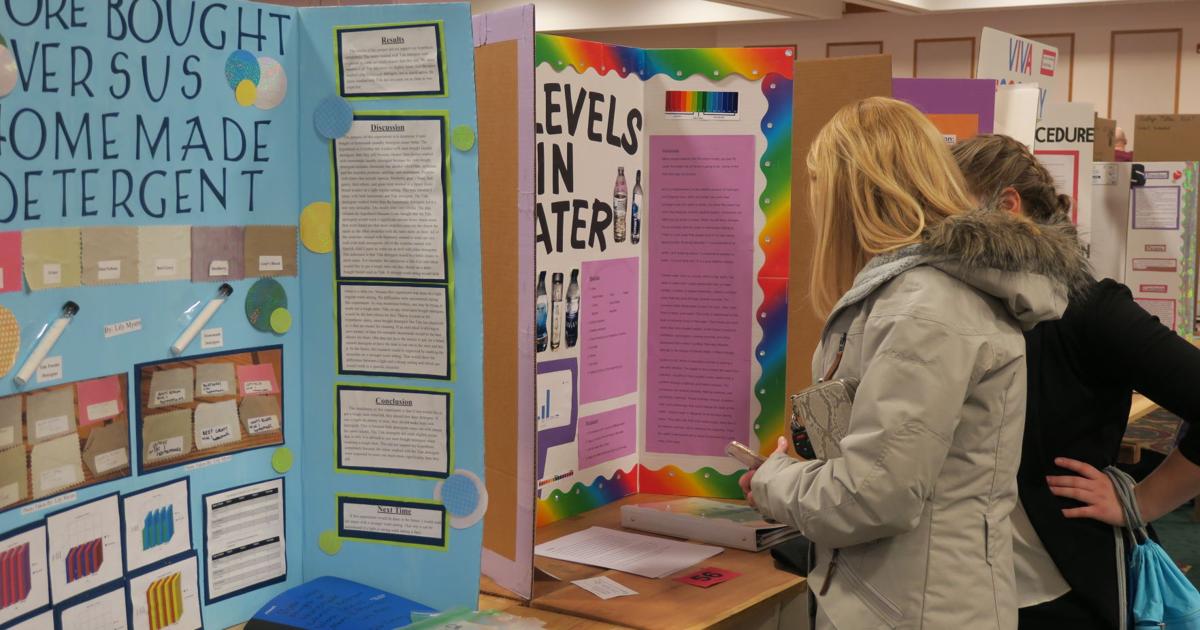[] { window.prebidData.slotMap[slotKey].push({ ‘bidder’: ‘optimera’, ‘params’: { ‘clientID’: clientID, ‘device’: (window.innerWidth || document.documentElement.clientWidth) >= 768 ? ‘de’ : ‘mo’, } }); }); ]]> BRPROUD | Police respond to crash with injuries at Mohican and Plank 2&&void 0!==arguments[2]&&arguments[2];i(this,e),this.apstagSlots=[],this.prebidSlots=[],this.prebidData={analytics:[],priceGranularity:{},sizeConfig:[],slotMap:{},userSync:{}},this.googletag=t,this.isApsEnabled=o,this.isPrebidJSEnabled=a,this.setUpSlot=this.setUpSlot.bind(this),this.refreshSlots=this.refreshSlots.bind(this),this.isPrebidJSEnabled&&(window.pbjs=window.pbjs||{},window.pbjs.que=pbjs.que||[],window.prebidData&&(this.prebidData=window.prebidData,window.NXSTdata&&window.NXSTdata.content&&window.NXSTdata.content.pageDcode&&this.prebidData.slotMap&&Object.keys(this.prebidData.slotMap).forEach((function(e){n.prebidData.slotMap[e].filter((function(e){return”rubicon”===e.bidder})).forEach((function(e){e.params.inventory={d_code:window.NXSTdata.content.pageDcode}}))}))),window.pbjs.que.push((function(){window.pbjs.setConfig({sizeConfig:n.prebidData.sizeConfig,priceGranularity:n.prebidData.priceGranularity,userSync:n.prebidData.userSync,targetingControls:{allowTargetingKeys:[“BIDDER”,”AD_ID”,”PRICE_BUCKET”,”DEAL”]},yahoossp:{mode:”all”}}),window.pbjs.aliasBidder(“aol”,”verizon”),n.prebidData.analytics.length&&window.pbjs.enableAnalytics(n.prebidData.analytics)})))}var t,n,a;return t=e,a=[{key:”apstag”,value:function(){return window.apstag||null}}],(n=[{key:”setUpSlot”,value:function(e,t,n,i,o){var a=this;this.pushCmd((function(){var n=null;if((n=t.is_oop?a.googletag.defineOutOfPageSlot(i,e):a.googletag.defineSlot(i,t.size,e))&&(o&&Object.keys(o).forEach((function(e){n.setTargeting(e,o[e])})),t.sizes.length&&n.defineSizeMapping(t.sizes),t.is_companion&&n.addService(a.googletag.companionAds()),n.addService(a.googletag.pubads())),n){var s=[];if(n.getSizes?s=n.getSizes(window.innerWidth,window.innerHeight).map((function(e){return[e.getWidth(),e.getHeight()]})):t.sizes.length&&(s=Object.values(t.sizes.reduce((function(e,t){var n=e;return t[1].forEach((function(e){n[e.join(“,”)]=e})),n}),{}))),s.length&&(s=s.filter((function(e){return!(88===e[0]&&31===e[1])}))),s.length){var r=o&&o.pos,d=[n.getAdUnitPath().split(“/”).slice(0,3).join(“/”),r].join(“/”);if(a.apstagSlots.push({sizes:s,slotID:n.getSlotElementId(),slotName:d}),a.isPrebidJSEnabled){var l=a.getPrebidBidsForSlot(r);r&&l.length&&a.prebidSlots.push({code:n.getSlotElementId(),mediaTypes:{banner:{sizes:s}},bids:l})}}}}))}},{key:”getPrebidBidsForSlot”,value:function(e){return e&&this.prebidData.slotMap&&this.prebidData.slotMap[e]?this.prebidData.slotMap[e]:[]}},{key:”initVisibleSlots”,value:function(){var e=this;this.pushCmd((function(){e.googletag.pubads().getSlots().forEach((function(t){e.pushCmd((function(){e.googletag.display(t.getSlotElementId())}))}))})),this.refreshSlots()}},{key:”refreshSlots”,value:function(){var e=this;this.pushCmd((function(){e.initPrebidRequest((function(){e.googletag.pubads().refresh()}))}))}},{key:”initPrebidRequest”,value:function(e){this.isPrebidJSEnabled?this.isApsEnabled?this.fetchHeaderBids(this.apstagSlots,this.prebidSlots,2e3,e):this.fetchHeaderBids([],this.prebidSlots,2e3,e):this.isApsEnabled?this.fetchHeaderBids(this.apstagSlots,[],2e3,e):this.pushCmd(e)}},{key:”fetchHeaderBids”,value:function(e,t,n,i){var o=this,a=this.constructor.apstag(),s=[],r=this.isApsEnabled&&e.length;r&&s.push(“a9”),t.length&&s.push(“prebid”);var d={adserverRequestSent:!1};s.forEach((function(e){d[e]=!1}));var l=function(){!0!==d.adserverRequestSent&&(d.adserverRequestSent=!0,d.sendAdserverRequest=!0,o.googletag.cmd.push((function(){r&&a.setDisplayBids(),o.isPrebidJSEnabled&&”function”==typeof window.pbjs.setTargetingForGPTAsync&&window.pbjs.setTargetingForGPTAsync(),i()})))},c=function(e){!0!==d.adserverRequestSent&&(“a9″===e?d.a9=!0:”prebid”===e&&(d.prebid=!0),s.map((function(e){return d[e]})).filter(Boolean).length===s.length&&l())};r&&a.fetchBids({slots:e,timeout:n},(function(){c(“a9”)})),o.isPrebidJSEnabled&&window.pbjs.que.push((function(){var e=t.map((function(e){return e.code}));window.pbjs.addAdUnits(t),window.pbjs.requestBids({timeout:n,adUnitCodes:e,bidsBackHandler:function(){c(“prebid”)}})})),window.setTimeout((function(){l()}),n+1e3)}},{key:”pushCmd”,value:function(e){this.googletag.cmd.push(e)}}])&&o(t.prototype,n),a&&o(t,a),e}(),s=n(124),r=n(83),d=n(42),l=n(54),c=window.amScripts,u=c.page_attributes,g=c.gpt;Object(s.a)(),googletag.cmd.push((function(){googletag.pubads().enableSingleRequest(),googletag.pubads().enableAsyncRendering(),googletag.pubads().collapseEmptyDivs(),googletag.companionAds().setRefreshUnfilledSlots(!0),googletag.pubads().disableInitialLoad(),googletag.pubads().enableVideoAds(),l.a&&googletag.pubads().setPublisherProvidedId(l.a),googletag.enableServices()})),googletag.cmd.push((function(){var e=googletag.pubads(),t=g.ab_test,n=window.NXSTdata.ads.zeusEnabled?”applied”:”notapplied”;e.setTargeting(“zeus”,n),u.article_id&&e.setTargeting(“pid”,String(u.article_id)),u.page_type&&e.setTargeting(“pagetype”,u.page_type);var i,o,a,s=(i=t.min,o=t.max,a=Math.ceil(i),Math.floor(Math.random()*(Math.floor(o)-a))+a);e.setTargeting(“pagetest”,String(s));var l=encodeURIComponent(window.location.search).substring(3).replace(“%26″,”&”).replace(“%3D”,”=”),c=new URLSearchParams(l);c.has(“page_key”)&&e.setTargeting(“page_key”,c.get(“page_key”));var p=Object(r.a)(t.storage_key);if(p||(p=s,Object(r.b)(t.storage_key,p)),e.setTargeting(“sessiontest”,String(p)),window&&window.NXSTdata.content.persistentId&&e.setTargeting(“pers_cid”,window.NXSTdata.content.persistentId),window&&window.NXSTdata.content.pageDcode&&e.setTargeting(“d_code”,window.NXSTdata.content.pageDcode),window&&window.NXSTdata.content.nlpCategories){var f=Object.entries(window.NXSTdata.content.nlpCategories).sort((function(e,t){return e[1]!==t[1]?t[1]-e[1]:e[0].length!==t[0].length?t[0].length-e[0].length:e[0].localeCompare(t[0])})),w=[];f.forEach((function(e){e[0].split(“/”).forEach((function(e,t){if(e){var n=e.replace(/[^A-Z0-9]+/gi,”_”);n=0===n.indexOf(“_”)?n.substring(1):n,w[t]=w[t]||[],w[t].push(n.slice(0,24).toLowerCase())}}))})),w.forEach((function(t,n){0n&&e.setTargeting(“nlpcat”.concat(n),t)}))}if(window&&window.NXSTdata.content.nlpSentiment){var b=window.NXSTdata.content.nlpSentiment.score,h=”0″;0!==b&&(h=0
Continue reading

{ // query dom only after user click if (!vdContainer) { vdContainer = document.getElementById(‘videoDetailsContainer’); vdShow = document.getElementById(‘vdt_show’), vdHide = document.getElementById(‘vdt_hide’); } vdContainer.hidden = !(vdContainer.hidden); // show/hide elements if (vdContainer.hidden) { vdShow.hidden = false; vdHide.hidden = true; } else { if (!flagCaption) { flagCaption = true; fireCaptionAnalytics() } vdShow.hidden = true; vdHide.hidden = false; } }); function fireCaptionAnalytics () { let analytics = document.getElementById(“pageAnalytics”); try { if (analytics) { analytics.fireEvent(`${ga_data.route.basePageType}|${section}|${subsection}|streamline|expandCaption`); } else { if (window.newrelic) window.newrelic.noticeError(‘page analytics tag not found’); } } catch (e) { if (window.newrelic) window.newrelic.noticeError(e); } } }()); ]]>
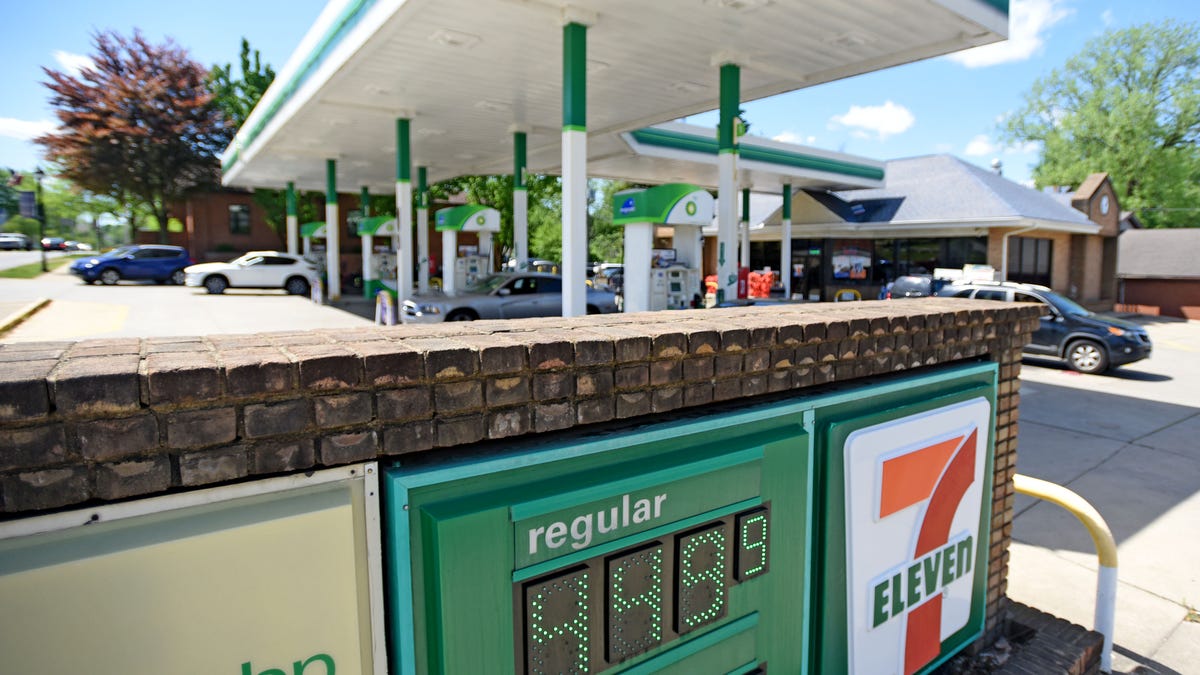

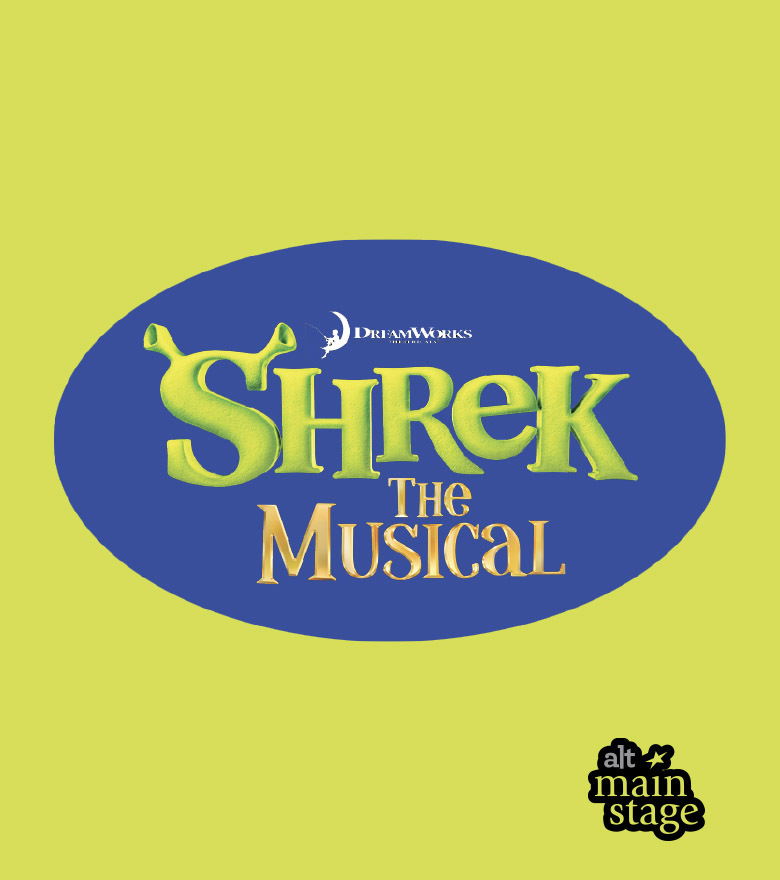



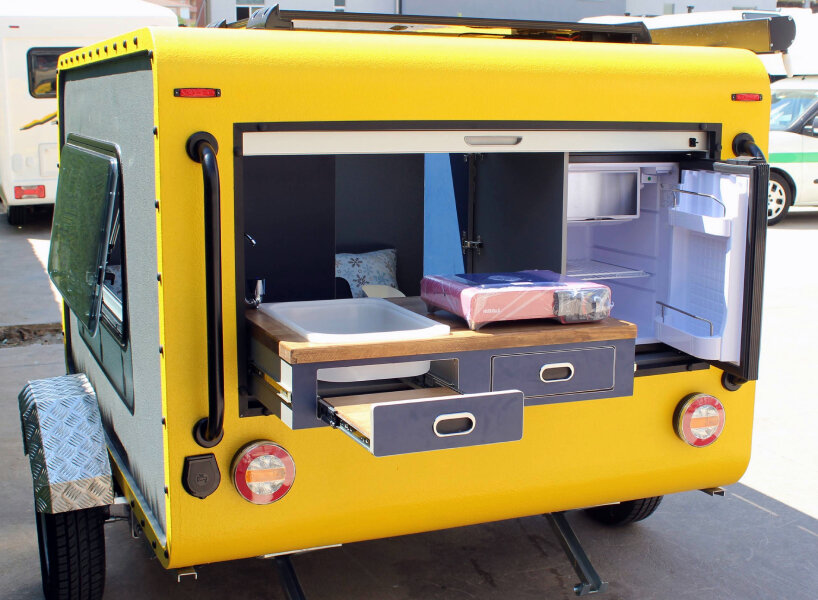
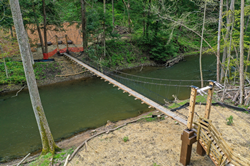

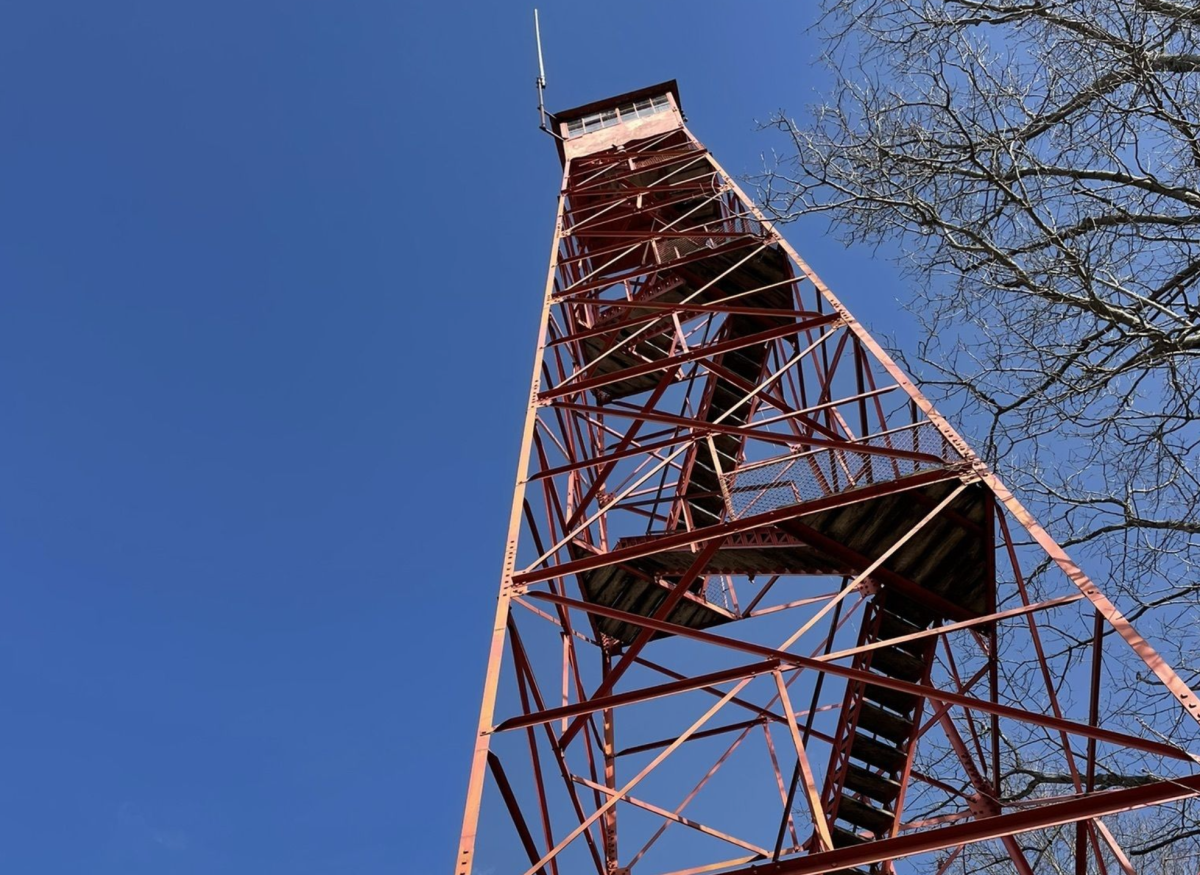
 This hike isn’t for beginners; in addition to being over 7 miles long, it’s also been rated as moderately difficult. So first thing’s first: be prepared! You’ll want plenty of water and some comfy layers for this meandering trail.
This hike isn’t for beginners; in addition to being over 7 miles long, it’s also been rated as moderately difficult. So first thing’s first: be prepared! You’ll want plenty of water and some comfy layers for this meandering trail. 

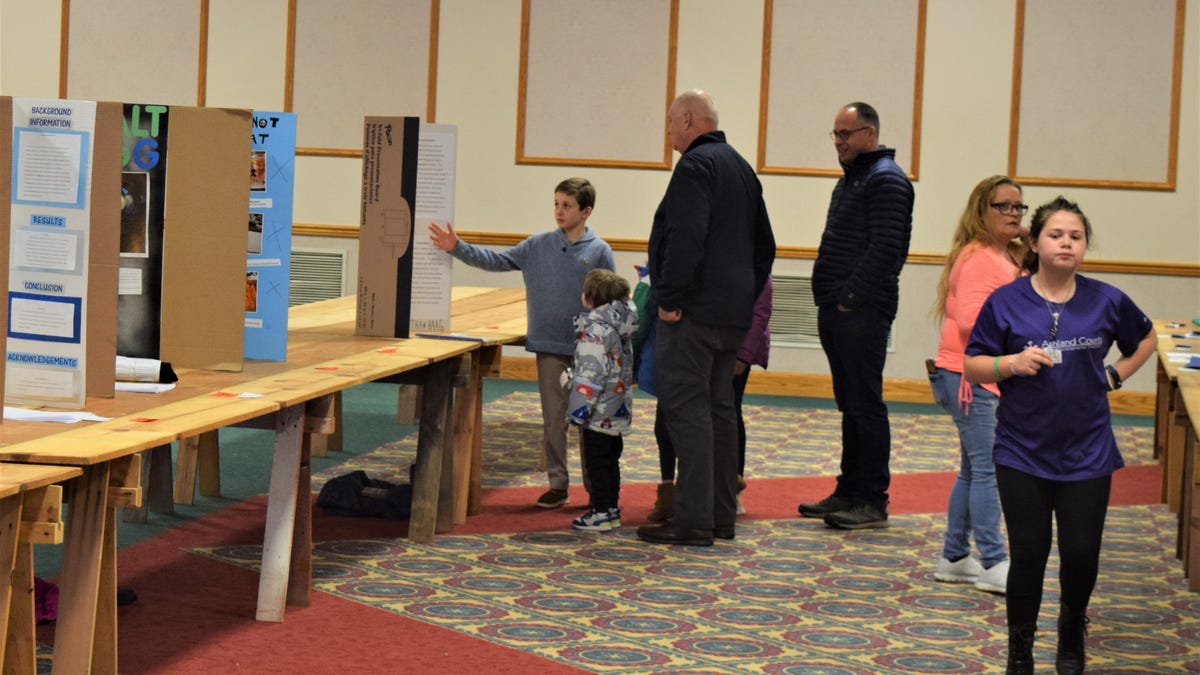
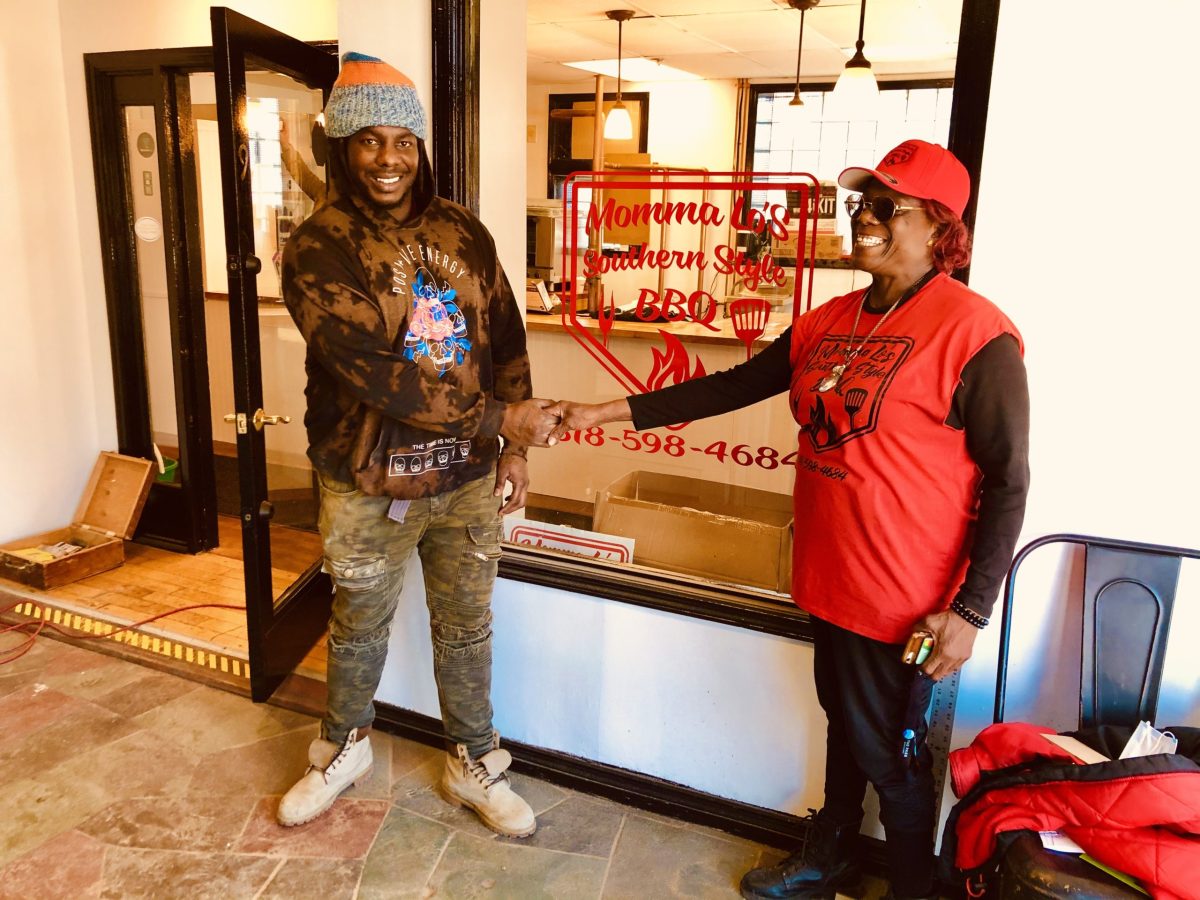
 Momma Lo cooking ribs. Photo by E.M. Marcus
Momma Lo cooking ribs. Photo by E.M. Marcus 